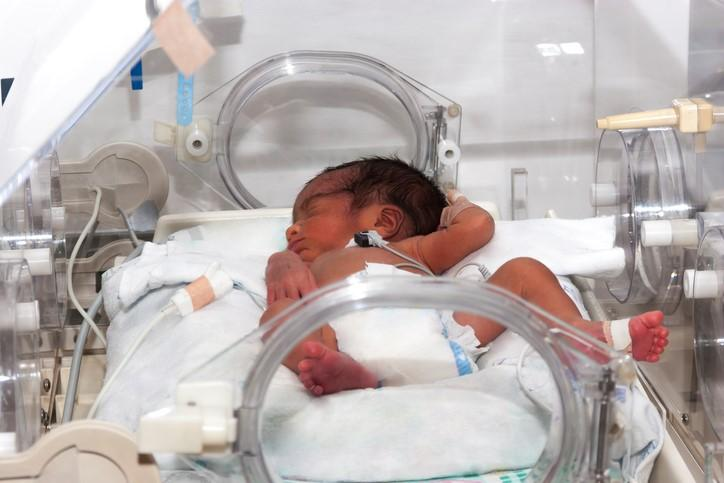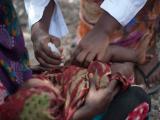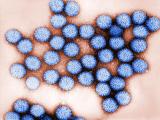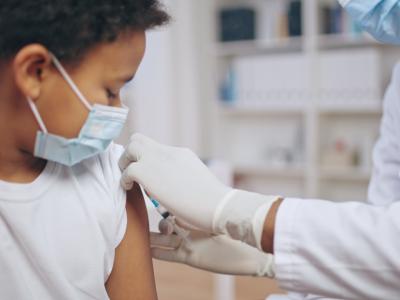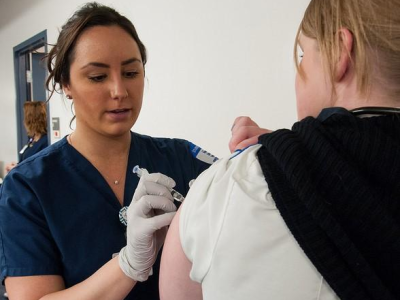Transmission of vaccine-strain rotavirus was uncommon and had no clinical consequences in a US neonatal intensive care unit (NICU) that routinely administers the live pentavalent (five-strain; RV5) rotavirus vaccine, a report published yesterday in Pediatrics suggests.
For 1 year, researchers from the Children's Hospital of Philadelphia (CHOP) and the Centers for Disease Control and Prevention (CDC) tracked infections caused by the rotavirus RV5 vaccine strains among all 1,238 newborns admitted to a 100-bed NICU. The team collected stool specimens weekly and performed quantitative reverse-transcription polymerase chain reaction (qRT-PCR) on patients to detect RV5 cases.
Many NICUs don't give rotavirus vaccines
Rotavirus infects the intestinal lining, usually causing high fever and severe vomiting and diarrhea. Before vaccine availability, most children were infected by age 5, tens of thousands were hospitalized, and half a million died worldwide, the researchers said.
The Advisory Committee on Immunization Practices (ACIP) recommends routine vaccination of US infants against rotavirus with either RV5 or a monovalent (single-strain) vaccine. The maximum age for the first dose is 14 weeks and 6 days, and the maximum age for the last dose is 8 months.
The authors noted that many NICUs don't give rotavirus vaccines owing to a theoretical risk of transmission of vaccine strains, because vaccinated infants can shed live virus in their stools for weeks after administration.
Thus, the ACIP and the American Academy of Pediatrics recommend giving rotavirus vaccine at hospital release because of the theoretical risk of transmission to patients who are ill or age-ineligible for vaccination, meaning that some will miss the opportunity to be vaccinated before aging out.
More than half would have become age-ineligible
Of the 1,238 infants, 45% were premature. In total, 226 RotaTeq rotavirus vaccine doses were administered, and 3,448 stool samples were tested, including 2,252 from 686 unvaccinated newborns. Median NICU stay was 11.8 days.
RV5 rotavirus RNA was identified in 70% (59 of 84) of samples collected from vaccinated infants during the first week and 41% (36/87) collected during the second week after receipt of vaccine dose 1. In samples collected in the first week after doses 2 and 3, RV5 RNA was found in 48% (20/42) and 32% (6/19) of samples, respectively.
Only five unvaccinated patients' stool samples (less than 1%) tested positive for RV5 RNA, and four of them had shared a healthcare worker or care team member with a recently vaccinated patient. The estimated rate of rotavirus transmission to unvaccinated infants was 5 per 2,252 stool samples (2.2/1,000 patient-days at risk), and no gastroenteritis symptoms were observed in the infected patients within 7 days of stool collection.
Of 126 patients who started the RV5 vaccine series before hospital release, 55% would have become age-ineligible to start the series if vaccination were allowed only at release.
Call for updated guidelines
"While this study was conducted in a level 4 referral NICU, our combination of both single patient rooms as well as open pods supports its generalizability to a variety of NICUs of different layouts and sizes," senior author Kathleen Gibbs, MD, attending neonatologist in CHOP's Division of Neonatology, said in a CHOP news release.
